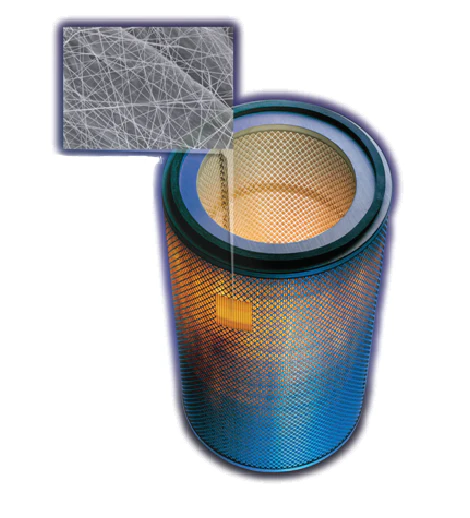Hydraulic Filtration System
The hydraulic hose must match the highest pressure capable in the hydraulic filter system, which is usually the pressure provided by the pump. However, of course there are components of increasing pressure on machines that can be much higher than hydraulic assistance or pump pressure capacity, especially when cylinders that intensify the pressure generated. Special attention must apply when designing a system with a flow divider directed due to this effect.
Hose usually has an explosion rating of 4 times the rating of pressure so even though lower ranked hose can work for a short time, they will be exhausted and then fail in a shorter time. We recommend that you see a failed hose to make sure it will match the Hydraulic flow circuit pressure rating. Sometimes people can only make the hydraulic hose assembly of the type of hose wrong and will not realize it only until failure. This can happen even from the factory.
High pressure hydraulic lines for cellular equipment usually come in several pressure ranges. There are exceptions to this, especially with hose manufacturers who try to solve market share by offering different benefits for their customers. The 6000 PSI pressure hose can usually be found on a closed loop hydro-static circuit like a higher drive track ground drive and a higher horsepower drive used on drilling, excavation equipment, etc.
Furthermore, there is a 4000-PSI hose used in several open loop piston pump systems involved in manufacturing. The most commonly found hydraulic hoses in the industry are ranked 3000 psi hoses, which are common with gear pumping circuits used in correlations with high pressure cylinders and motor gear systems. There are many 1500 hoses and lower PSI rankings for return paths and other special case applications. Most of these hydraulic lines are used to supply valves and then return to oil coolers, hydraulic filters, and oil reservoirs. If you are wondering, why not use the highest hydraulic hose pressure on everything in oil circuits; That's because of higher costs.
Often, the steel line has the advantage through hydraulic rubber hoses due to greater heat rejection, better abrasion resistance, fireproof, and better pressure fatigue resistance. If there is a long distance running on the machine, it can be a smart idea to install a solid steel line bending to route hydraulic oil circuits.
Hose develops with each pressure cycle. This hose usually has a wrinkled steel end which is also called hydraulic fitting. The failure of the fatigue of the interval will usually occur near the end of the hose because the rubber hose and the tip of the steel taste will develop at a different level. The end of the hydraulic hose can also be susceptible to the wrong crimp process if the crimping technician is not trained. Steel hydraulic lines will not be flexible hydraulic hoses, so be careful not to load any components connected when installing the steel line to the machine.
During manufacturing, the hydraulic hose was the last thing done on the engine when it was built. When technicians and engineers are in a hurry and under work pressure to meet deadlines, it is hydraulics and hydraulic hoses that usually suffer. Overtime, after a complaint back from the customer or if you have a good technician, they can route the hydraulic hose and equipment to provide the best service from the component.
In addition, it is important to note that careful attention must be made to how the hose will lie down in service. For example, does your machine follow a minimum bending radius? Do your hydraulic hose clamp into place so as to prevent the rubbing that occurs when under pressure? When you route the hydraulic hose through the structure can you prevent this hose from tension? Will your hose block the obstacle, other clippers, and will not be subject to unnecessary rubbing? Have you made an as short as possible hose to reduce wear? Pay close attention to these questions when you are designing your hose system.




Comments
Post a Comment